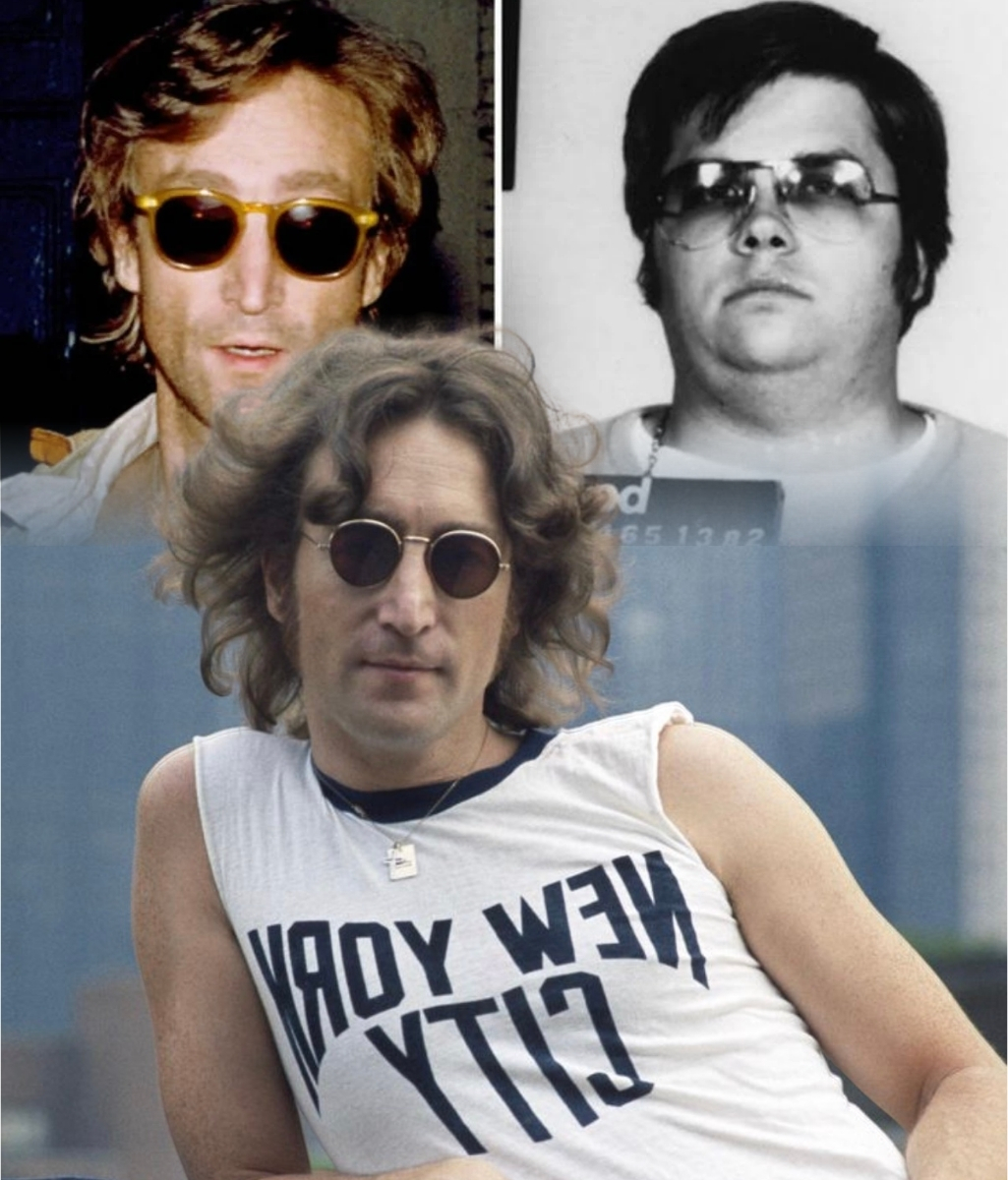
The evening of December 8, 1980, marked a tragic and unforgettable moment in music history — the loss of John Lennon, a founding member of The Beatles, one of the most influential musicians of the 20th century. His death, resulting from a shooting outside his apartment in New York City, shocked the world and left fans in mourning. But what happened in the final 12 hours of John Lennon’s life?
This time, which began like any other ordinary day for the former Beatle, turned into a sequence of moments that would ultimately culminate in one of the most devastating events in rock history.
The Day Begins: A Quiet Morning in the Dakota
John Lennon spent the early part of the day with his wife, Yoko Ono, and their son Sean at the family’s home in the Dakota building, one of New York City’s most famous residences, located on the Upper West Side. Lennon, who had been largely away from the music scene for the past several years to focus on his family and raising Sean, was working on new music at the time. His most recent album, “Double Fantasy”, was released just a few weeks before his death, marking his return to recording after a long hiatus.
During the morning, John and Yoko had a typical routine. John was excited about his new work and his family’s happiness, and the day seemed full of possibilities. According to Yoko, they spent time together in their apartment before heading out to the studio later in the afternoon. It was a peaceful, ordinary day, far from the tragic end that was approaching.
The Afternoon: Heading to the Studio
By the afternoon of December 8, John and Yoko had arranged to go to the Record Plant studio, where John was scheduled to meet with producer Jack Douglas and the musicians involved in the “Double Fantasy” sessions. Lennon, full of energy and excitement, was eager to continue working on his music. After spending the morning at home, Lennon and Yoko left their apartment to head to the studio.
Before leaving, John Lennon encountered a fan, Mark David Chapman, who had been waiting outside the Dakota building. Chapman was an obsessed fan of The Beatles and had been stalking John for days, even meeting him earlier that afternoon outside the Dakota building.
John Lennon, in his usual amiable and warm demeanor, greeted Chapman with a smile and briefly spoke with him. It is reported that Lennon even signed an album for Chapman, unaware that this encounter would soon take a dark turn. For Chapman, this moment would become part of his growing obsession, and he began to plan the tragic fate that would unfold later that evening.
The Evening: Returning Home
After a long day in the studio, John and Yoko returned home to the Dakota around 10:50 PM. John was happy and energized, as it was clear that his creative spirit had been reignited with his recent return to music. They were looking forward to spending the evening together. However, Mark David Chapman was still waiting outside the building, having carefully planned what was to come.
Chapman, having been living with a distorted obsession over Lennon for months, finally made his decision. As John and Yoko entered the Dakota building, Chapman approached them and called out to John.
“Mr. Lennon!” Chapman reportedly shouted as he stepped out of the shadows.
John, recognizing Chapman, turned around, and Chapman fired five shots, four of which hit John in the back and shoulder. The bullets struck Lennon in his left side, damaging critical arteries. He was rushed to the hospital shortly after the shooting, but tragically, he was pronounced dead on arrival at 11:15 PM at the New York Presbyterian Hospital. He was just 40 years old.
The Aftermath: The Loss of a Legend
After the shooting, Chapman calmly remained at the scene. Instead of fleeing, he sat down on the ground and began reading a book he had brought with him, J.D. Salinger’s The Catcher in the Rye, which he identified with. He later told the police that he was “holding onto the book as a way to deal with what he had done.”
When the police arrived, they arrested Chapman without resistance. He did not attempt to escape and admitted to the shooting, explaining that he was motivated by his obsession with Lennon and his desire for notoriety. The arrest was almost anticlimactic compared to the chaos and grief that John’s death caused worldwide.
The World Reacts
As news of John Lennon’s death spread, the world went into shock. Fans, musicians, and people across the globe grieved the loss of one of the most beloved and influential figures in music. Vigils were held around the world, and for the first time in decades, people took to the streets to mourn the death of a musical icon.
The loss was especially poignant because Lennon had just returned to the music scene with the release of his new album, “Double Fantasy”, signaling his return to his passion for music after a five-year hiatus to raise his son, Sean.
A Legacy Forever Impacted
The tragic events of that evening, beginning as a normal day in the life of a man who had rediscovered his creative voice, ended in heartbreak for millions. John Lennon’s death changed the trajectory of music history and left a profound impact on The Beatles’ legacy.
Though his life was tragically cut short, John Lennon’s influence continues to reverberate today. His music, his advocacy for peace, and his role as a cultural icon have ensured his place in history. Yoko Ono, though devastated by the loss, has continued to honor his legacy through art, activism, and preservation of his music.
As the world continues to reflect on his life and work, the events of December 8, 1980, will always serve as a reminder of the fragility of life and the lasting impact that one individual can have on the world.